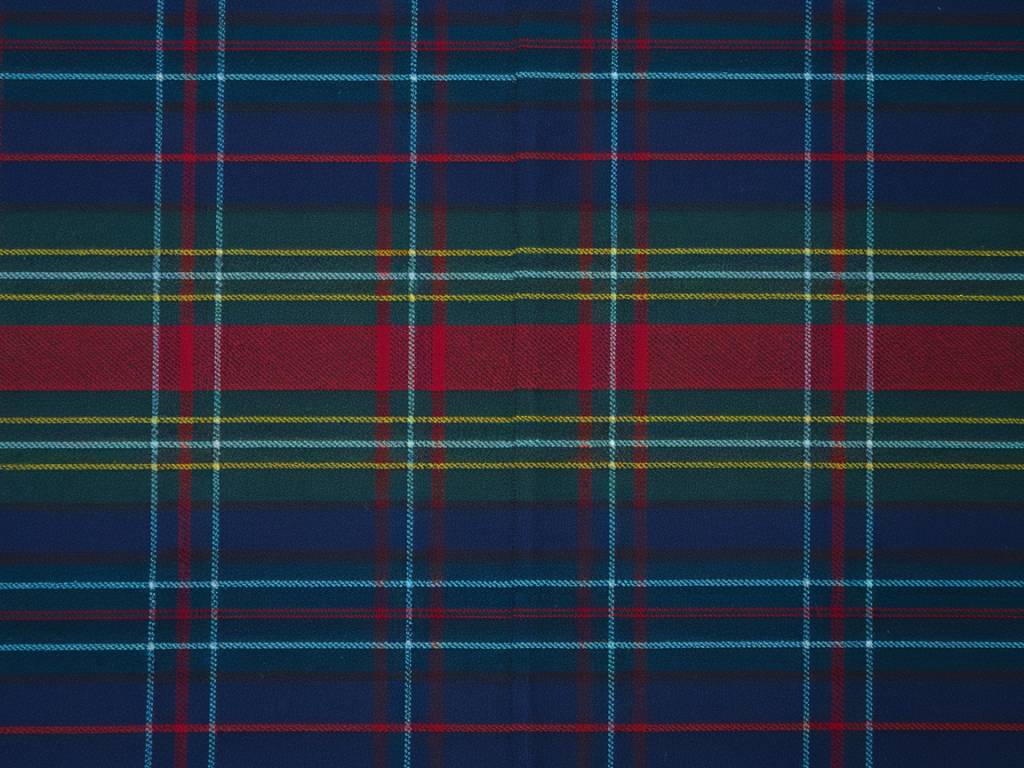The history and meaning behind Welsh tartan patterns

The history and meaning behind Welsh tartan patterns
When you think of Wales, you might conjure images of rolling green hills, medieval castles, or even a hearty bowl of cawl. But have you ever considered the role of tartan patterns in Welsh history and culture? While many associate tartan with Scotland, Wales boasts its own unique connections to this iconic fabric. Let’s dive into the fascinating origins, meanings, and enduring significance of Welsh tartans.
The Origins of Tartan: A Shared Celtic Heritage
To understand Welsh tartans, we need to travel back in time to explore the shared Celtic traditions of Wales and its neighbouring lands. Tartan, a fabric characterized by crisscrossing horizontal and vertical bands, has origins that predate written history. While it’s most famously linked to Scotland, evidence suggests that woven plaid patterns were also part of Celtic life across Ireland, Brittany, and Wales.
In ancient Celtic society, these patterns weren’t just decorative—they served as a kind of identity marker. Specific colours, textures, and designs could signify an individual’s clan, region, or even the resources available in their homeland. In Wales, textiles were a vital thread in the cultural tapestry, with colourful wool-based materials used for clothing and trade. While Welsh textile traditions didn’t explicitly codify tartan in the way that Scottish clans did, the roots of tartan’s storytelling power are very much present in Welsh history.
The Revival of Welsh Tartan in the 20th Century
Fast forward a few centuries, and the distinct “Welsh tartan” that we recognize today began to take shape. Unlike their Scottish counterparts, Welsh tartans are a relatively modern creation. It was during the mid-20th century that efforts to design and formalize tartan patterns specific to Wales gained traction. Why? Partly due to a growing awareness of national identity and a resurgence of pride in Welsh culture.
Carthenni, traditional Welsh woven blankets, became a source of inspiration for many Welsh tartans. The earthy tones and intricate patterns of these blankets closely mirrored the spirit of the tartan, connecting Wales’ textile heritage to this iconic fabric. By the 1950s, Welsh tartans became a symbol of cultural revival, proudly worn by those who wanted a piece of their history wrapped around their shoulders—or even stitched into their ties!
Decoding the Patterns: What Do Welsh Tartans Represent?
Every tartan tells a story, and Welsh patterns are no exception. Each region in Wales has its distinct tartan reflecting its people, landscapes, or history. Let’s break down a few key examples:
- The Red Dragon Tartan: Inspired by the symbol of Wales, the red dragon (Y Ddraig Goch), this tartan weaves fiery reds with deep greens, evoking images of strength, passion, and the lush Welsh countryside.
- Ceredigion Tartan: Representing the coastal beauty of Ceredigion, this tartan features shades of blue and green, reminiscent of the sparkling sea and the rolling hills of the region.
- Plaid Cymru Tartan: Associated with the Welsh political party Plaid Cymru, this tartan incorporates deep yellows and greens, reflecting the party’s commitment to the land and its people.
While these are just a few examples, each Welsh tartan is imbued with a sense of place and belonging, making it far more than just a decorative fabric.
Fashion Meets History: Welsh Tartans Today
Welsh tartans have made a dynamic comeback in recent years, blending tradition with contemporary fashion. From scarves and kilts to tailored jackets and wedding attire, tartan has become a versatile way to celebrate Welsh heritage. And it’s not just for the locals—people from all over the world are drawn to the charm of Welsh tartan designs.
One notable example is the use of tartan at St. David’s Day celebrations, where groups from across Wales proudly don their regional patterns. Festivals, concerts, and even modern-day weddings are seeing a resurgence of Welsh tartan, proving that its appeal crosses generations.
Moreover, Welsh designers have embraced tartan as part of their creative storytelling. Fashion houses, both local and international, often incorporate Welsh textiles into their collections. What better way to make a statement than by proudly wearing a piece of history?
How to Choose Your Welsh Tartan
If you’re thinking about incorporating a Welsh tartan into your wardrobe, it’s important to choose a pattern that resonates with you. Here are a few tips to guide your selection:
- Explore Regional Connections: If your family hails from a particular part of Wales, research the tartans associated with that region. Wearing your local tartan is a meaningful way to honour your roots.
- Choose a Design That Speaks to You: You don’t have to have a family connection to wear tartan. Pick a pattern whose colours or themes you feel a special connection to.
- Think Practical: Consider how the tartan will fit into your wardrobe. A bright red and green tartan might be perfect for a statement piece, while a subtler design could work for everyday wear.
The Future of Welsh Tartan
Welsh tartans are more than just woven patterns—they’re a celebration of identity, heritage, and creativity. As more people explore their Welsh roots and seek connections to their ancestry, tartans are likely to remain a beloved cultural symbol. But it’s not just about looking back. Modern Welsh tartans also represent innovation, with new patterns and designs emerging to reflect contemporary Wales.
Next time you see a swatch of tartan, pause to consider the stories it might hold. Whether it’s inspired by the rugged beauty of Snowdonia or the coastal charm of Pembrokeshire, Welsh tartans are a beautiful reminder that history is all around us—and often woven right into the fabric of our lives.





